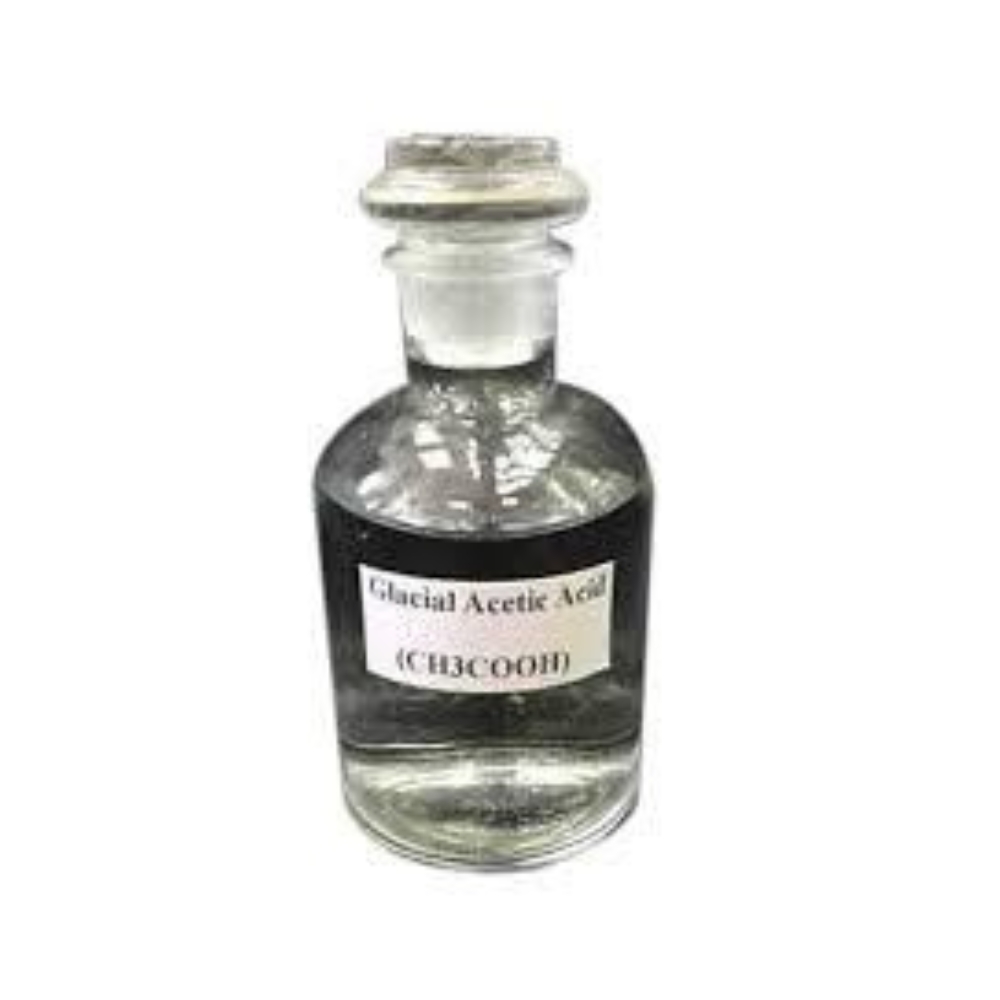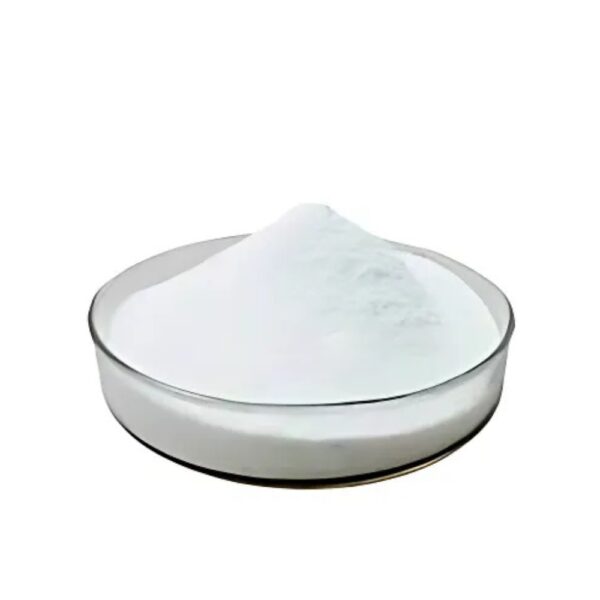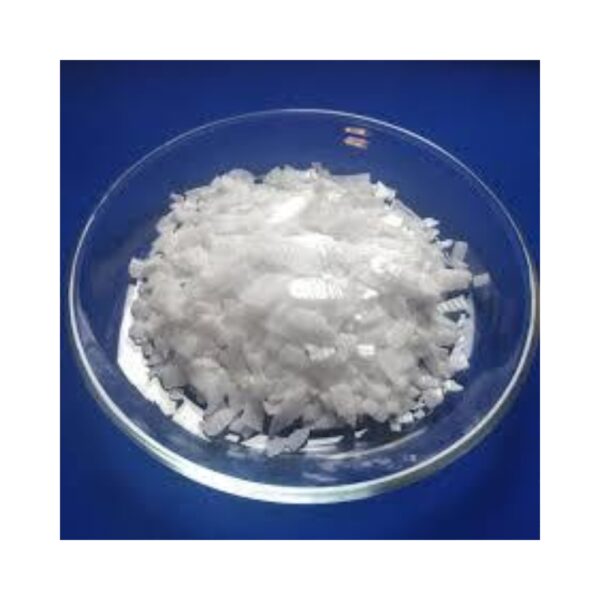Acetic acid glacial
| Form | liquid |
|---|---|
| Formula | CH3COOH |
| Packaging | 50 LTR, 200 LTR, 250 LTR |
| Purity | 99.99% |
| Shelf Life | 2 year |
| GRADE | Technical |
| CAS NO. | 64-19-7 |
| Molar mass | |
| Odor | Heavily vinegar-like |
| Density |
We are also dealing in acetic acid glacial for industrial and food grade applications. Acetic acid, systematically named ethanoic acid, is an acidic, colorless liquid and organic compound with the chemical formula CH3COOH (also written as CH3CO2H, C2H4O2, or HC2H3O2). Vinegar is at least 4% acetic acid by volume, making acetic acid the main component of vinegar apart from water. Acetic acid is the second simplest carboxylic acid (after formic acid). It is an important chemical reagent and industrial chemical across various fields, used primarily in the production of cellulose acetate for photographic film, polyvinyl acetate for wood glue, and synthetic fibers and fabrics.
In households, diluted acetic acid is often used in descaling agents. In the food industry, acetic acid is controlled by the food additive code E260 as an acidity regulator and as a condiment. In biochemistry, the acetyl group, derived from acetic acid, is fundamental to all forms of life. When bound to coenzyme A, it is central to the metabolism of carbohydrates and fats.
Acetic acid is a chemical reagent for the production of various chemical compounds. The largest single use of acetic acid is in the production of vinyl acetate monomer, closely followed by acetic anhydride and ester production. The volume of acetic acid used in vinegar is comparatively small. Other uses include the production of vinyl acetate monomer, ester production, acetic anhydride, lab reagents, use as a solvent, medical applications, food, etc.
Product Description
We are also dealing in acetic acid glacial for industrial and food grade applications. Acetic acid, systematically named ethanoic acid, is an acidic, colorless liquid and organic compound with the chemical formula CH3COOH (also written as CH3CO2H, C2H4O2, or HC2H3O2). Vinegar is at least 4% acetic acid by volume, making acetic acid the main component of vinegar apart from water. Acetic acid is the second simplest carboxylic acid (after formic acid). It is an important chemical reagent and industrial chemical across various fields, used primarily in the production of cellulose acetate for photographic film, polyvinyl acetate for wood glue, and synthetic fibers and fabrics.
In households, diluted acetic acid is often used in descaling agents. In the food industry, acetic acid is controlled by the food additive code E260 as an acidity regulator and as a condiment. In biochemistry, the acetyl group, derived from acetic acid, is fundamental to all forms of life. When bound to coenzyme A, it is central to the metabolism of carbohydrates and fats.
Acetic acid is a chemical reagent for the production of various chemical compounds. The largest single use of acetic acid is in the production of vinyl acetate monomer, closely followed by acetic anhydride and ester production. The volume of acetic acid used in vinegar is comparatively small. Other uses include the production of vinyl acetate monomer, ester production, acetic anhydride, lab reagents, use as a solvent, medical applications, food, etc.

ISO company certified

GMP company certified







